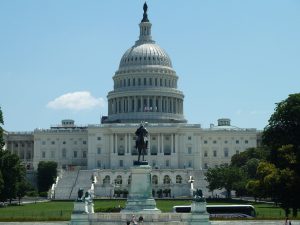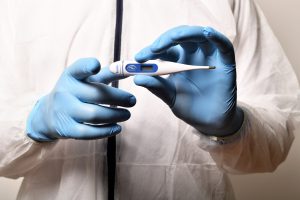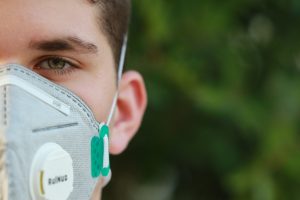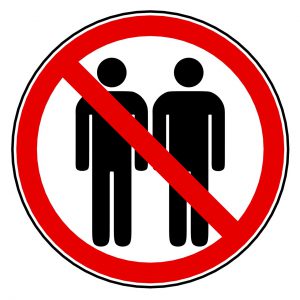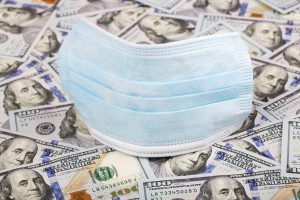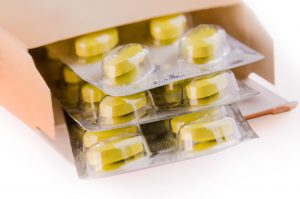The coronavirus crisis continued in our country this week, but the focus of many people’s attention was the battle over when to reopen states and businesses. The federal stay-at-home order expired at the end of April, and reopening decisions are now in the hands of each state’s governor. This has caused friction between some state’s governors and local officials. Battles also continued between Trump and the CDC this week, as the number of cases of the illness continued to rise. New research was also revealed this week which shows that the virus can linger in the air longer than previously thought. The virus has also been linked to a life-threatening inflammatory syndrome in children.
Multiple Models
As of May 14, the number of deaths from the coronavirus has reached 85,388. There are currently multiple models projecting how quickly the number of cases and deaths will continue to rise. The government model predicts that the number of deaths will top 130,000 by August, but they are still hopeful that the number of infections will begin to go down. Another model provided by healthdata.org, on the other hand, predicts that the rate of infection and death will drop everyday for the next couple of months.
Wisconsin’s Supreme Court Blocks Governor’s Extension
The Wisconsin Supreme Court struck down Governor Tony Evers’ stay-at-home order this week. The governor had extended the stay-at-home order until May 26, but the court ruled the order “unlawful” and “unenforceable.”
The lawsuit was filed by the Republican-controlled Wisconsin Legislature against Department of Health Services Secretary-designee Andrea Palm and other health officials, who had recently extended the state’s “Safer-at-Home” emergency order. Even though the state had extended their stay-at-home order, they also loosened some restrictions on certain businesses, including golf courses, public libraries and arts and crafts stores.
Some Pennsylvania Counties Beginning To Mutiny Against Governor’s Orders

Pennsylvania Governor Tom Wolf presented a plan for reopening his state on a county-by-county basis, and some central Pennsylvanian elected officials were not happy that they weren’t in the “yellow phase” of cautious reopening. On Governor Wolf’s color-coded map, those counties that remain in the “red phase” are not to reopen until June 4.
On Friday, May 8th, York County District Attorney Dave Sunday announced that his office “will not prosecute any criminal citations for alleged violations of the [Governor and Secretary’s] orders and regulations… concerning the operation of non-life-sustaining businesses.”
Lancaster County sent a letter to the governor asking to be moved into the yellow phase, which allows for the opening of businesses. Lebanon County took things a step further, telling Governor Wolf that they will enter the yellow phase and begin opening businesses on May 15 with or without his approval. Other counties have also expressed their disapproval of the Governor’s plans and have requested that Wolf move them to the yellow phase, citing a decrease in the number of infections in their areas.
NYC Mayor Says They Need Federal Stimulus
New York City Mayor Bill de Blasio has made it clear that the city will need a federal stimulus in order to get back on its feet. “Think where this is going,” he said during an interview on CNN. “If our federal government doesn’t step in and fill that gap and help cities and states back on their feet there won’t be a recovery.”
The mayor does not plan on reopening the city without extreme caution. “We’re taking a very conservative approach here in New York. We’re the epicenter,” de Blasio said. “We are not going to reopen anything until we prove by real data that we’ve made enough progress to do it safely, and then we’re going to do it in small, careful steps and smart steps.”
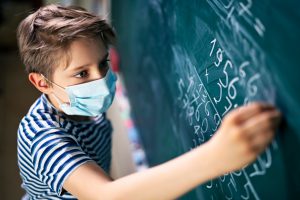 Trump Pushes To Reopen Schools
Trump Pushes To Reopen Schools
On Wednesday, May 13, President Trump pushed to reopen the country’s schools, despite Dr. Anthony S. Fauci’s testimony urging that schools stay closed through the fall. Fauci, director of the National Institute of Allergy and Infectious Diseases, was asked about the risk/benefit ratio of sending kids back to school versus having them miss out on education. Fauci said, “It’s obviously very difficult … [there are] unintended consequences of trying to do something that broadly is important for the public health and [there is a] risk of having a return or a resurgence of an outbreak and…unintended deleterious consequences of having children at a school.” He continued, “I don’t have a good explanation or solution for the problem of what happens when you close schools and it triggers a cascade of events.”
Trump reacted, stating “He wants to play all sides of the equation. I was surprised by this answer actually because you know, it’s just to me it’s not an acceptable answer, especially when it comes to school.” He then continued to say “we will reopen the country. People want it open. The schools are going to be open.”
Coronavirus Could Remain In Air For Longer than Thought
A new study by researchers at the National Institutes of Health and the University of Pennsylvania found that talking loudly for one minute in a confined space could produce about 1,000 speech droplets containing Covid-19 particles. They further found that the droplets could remain in the air for more than 8 minutes, which is enough time for someone to inhale them and get infected with the virus.
Study Suggests Rare Illness Affecting Children Is Related To Covid-19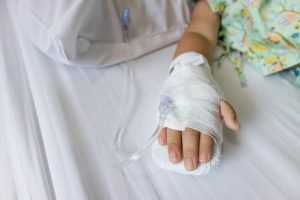
There has been a rise in cases of a life-threatening inflammatory syndrome that is affecting children. The condition is called pediatric multi-system inflammatory syndrome and it appears to be connected to the coronavirus. It has been seen in at least 100 children, mainly in NY.
“This multi-system inflammatory syndrome is not directly caused by the virus,” Burns told CNN. “The leading hypothesis is that it is due to the immune response of the patient.”
This syndrome is dangerous because it can cause poor functioning in organs such as the heart or kidneys. Symptoms to look for include fever, inflammation, red eyes, a bright red tongue, and cracked lips.


